Relevance of Rotoscoping in VFX
Rotoscoping is a crucial technique in the field of Visual Effects (VFX) with significant relevance. It involves tracing over live-action footage frame by frame to isolate elements, such as characters or objects, from their background. Several reasons why rotoscoping is essential in VFX:
1. Isolating Objects:
Rotoscoping allows VFX artists to separate actors, props, or other elements from the background. This isolation is crucial for integrating these elements into a different environment or altering their appearance.
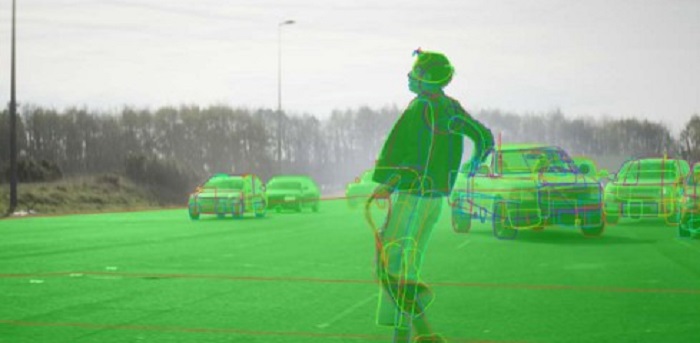
2. Creating Mattes:
Rotoscoping helps in the creation of matte elements. These mattes can be used for various compositing tasks, such as adding or removing objects, changing backgrounds, or creating complex visual effects.
3. Fine Detail Work:
In complex VFX shots, especially those involving hair, fur, or intricate objects, rotoscoping is often necessary to capture fine details accurately. It allows artists to maintain the realism and integrity of the shot.
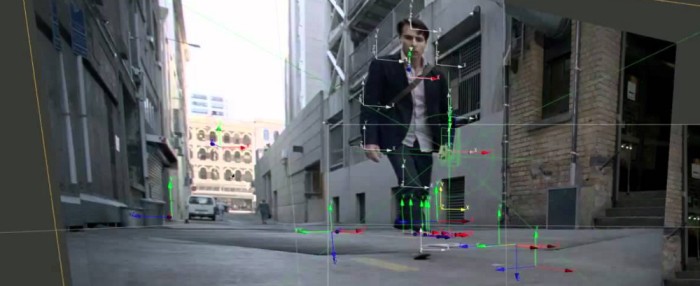
4. Motion Tracking:
Rotoscoping is often used in conjunction with motion tracking. Once an element is isolated through rotoscoping, it can be tracked and matched to the motion of the live-action footage, ensuring a seamless integration of the VFX element.
5. Visual Effects Integration:
When adding computer-generated elements, such as creatures, explosions, or digital doubles, into live-action footage, rotoscoping provides a precise way to ensure that these elements interact realistically with the environment and characters.
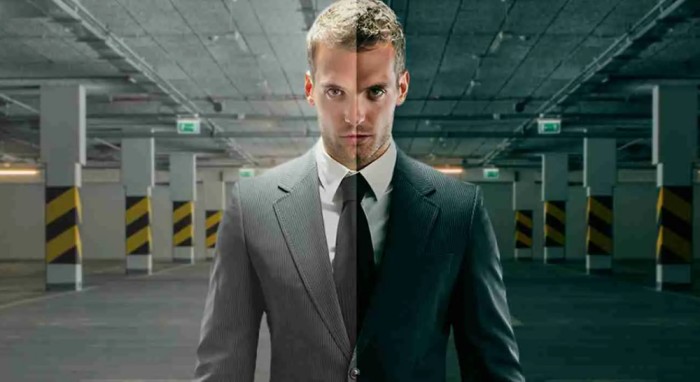
6. Color Correction and Grading:
Rotoscoping can also be used for selective color correction and grading. By isolating specific elements, you can adjust their color and lighting independently, enhancing the overall visual quality of the shot.
7. 3D Conversion:
In the process of Converting 2D Footage into 3D, rotoscoping is used to separate objects in the scene for depth mapping. This is essential for creating a convincing 3D effect.
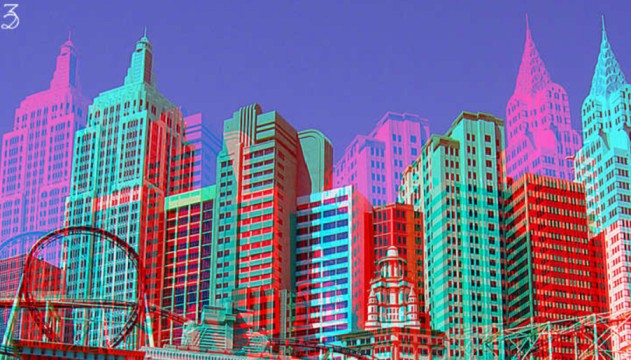
8. Motion Blur and Defocus:
When working on high-speed or action sequences, rotoscoping is used to manage motion blur and defocus, ensuring that VFX elements are appropriately blurred or out of focus to match the live-action footage.
9. Clean Plates:
Rotoscoping is employed to create "clean plates" or background plates where elements are removed from a scene, leaving only the background. These plates are then used in compositing to fill in the gaps created by removing objects.
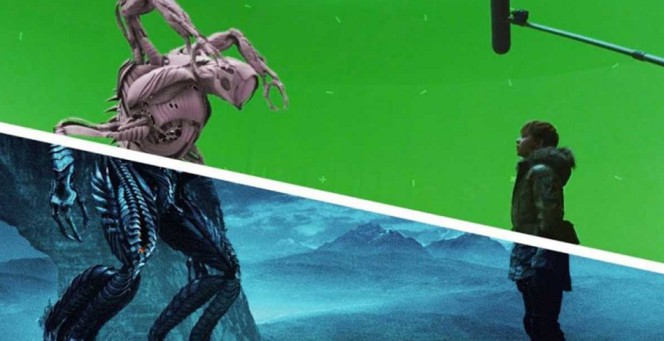
10. Complex Visual Effects:
In cases of intricate visual effects, like wire removal, enhancing practical effects, or creating surreal scenes, rotoscoping is often an essential step in achieving the desired outcome.
While rotoscoping can be time-consuming and labor-intensive, its relevance in VFX remains high because it provides a level of precision and control that is often necessary to seamlessly integrate visual effects with live-action footage, creating the captivating and realistic scenes viewers expect in modern cinema and television.